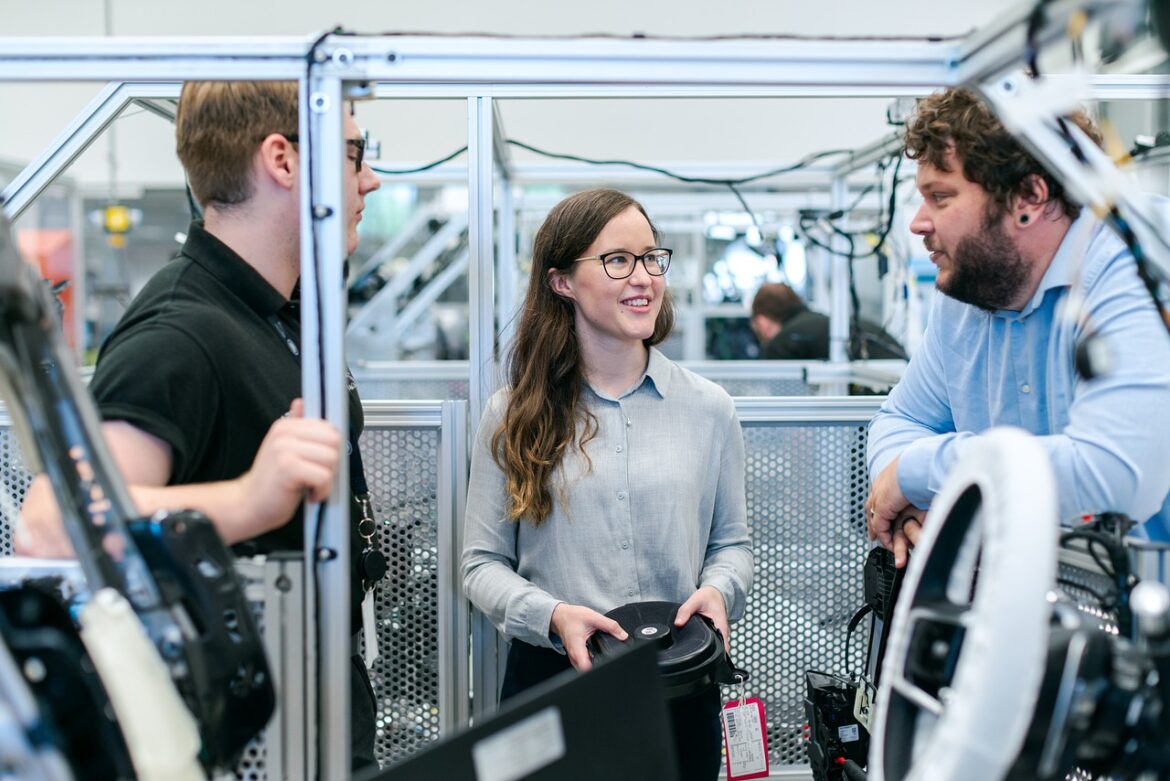In the ever-changing landscape of manufacturing, leadership is not just about commanding a team; it’s about navigating through complex challenges and strategic opportunities. Here’s a look at some of the most significant trends shaping the industry in 2025:
Leader Confidence Amid Global Challenges
Manufacturing leaders are facing unprecedented challenges, from geopolitical tensions to economic uncertainty. Despite these hurdles, many remain confident in their growth ambitions. According to recent surveys, only about a third of leaders are “very confident” in managing key trends for 2025, down from previous years[1]. This shift highlights the importance of strategic resilience and adaptability in the sector.
Leadership Overhauls for Sustainable Growth
Franklin Electric Co., Inc. has undergone significant leadership changes to bolster its capacity for strategic growth and operational excellence. Appointments like Jennifer L. Sherman as Chairperson of the Board focus on talent acquisition and financial oversight, positioning the company for emerging opportunities in water systems and energy efficiency[2].
Quiet Strength in CEO Leadership
In 2025, CEOs are expected to be shape-shifters, predicting trade policy changes, decoding AI ethics, and delivering shareholder value under intense pressure. Despite these demands, many struggle to execute their vision effectively. A recent survey reveals that 42% of CEOs believe their companies won’t remain viable beyond a decade without significant reinvention[3].
The Role of AI in Strategic Decision-Making
Autodesk highlights the future of AI in manufacturing, emphasizing how AI can improve decision-making at every stage of product development. For policymakers, promoting AI benefits, accelerating digital transformation for small and medium manufacturers, and supporting interoperability standards are crucial for enhancing global competitiveness[5].
Partnerships and Regulatory Support
The National Association of Manufacturers emphasizes the importance of partnerships between manufacturers and policymakers. Recent tax reforms and regulatory changes are seen as a victory for manufacturers, with promises of increased investment and innovation across the industry[4].
Key Takeaways:
- Adaptability: Leaders must adapt quickly to industry shifts.
- Technological Innovation: AI and digital transformation are crucial for competitiveness.
- Strategic Partnerships: Collaboration with policymakers and technology companies is vital for growth.
As manufacturing continues to evolve, leaders must balance short-term demands with long-term strategic vision, ensuring their organizations thrive in a rapidly changing world.
References:
- https://www.forvismazars.com/fi/en/who-we-are/news-publications-and-media/c-suite-barometer-outlook-2025/c-suite-manufacturing-sector-view
- https://www.ainvest.com/news/franklin-electric-leadership-overhaul-positions-sustainable-growth-industry-shifts-2507/
- https://www.vantedgesearch.com/resources/blogs-articles/leadership-without-noise-ceo-leadership-trends-and-decision-making-under-pressure/
- https://www.manufacturingdive.com/news/industry-leaders-rave-tax-cuts-trump-megabill/752321/
- https://adsknews.autodesk.com/en/views/the-future-of-ai-in-manufacturing/
- https://www.ainvest.com/news/victory-giant-technology-navigating-leadership-shifts-strategic-acquisitions-2025-2507/
- https://www.mmsonline.com/events/details/global-complex-manufacturing-outlook-2025
- https://www.compositesworld.com/news/sampe-north-america-welcomes-2025-2026-executive-leadership



